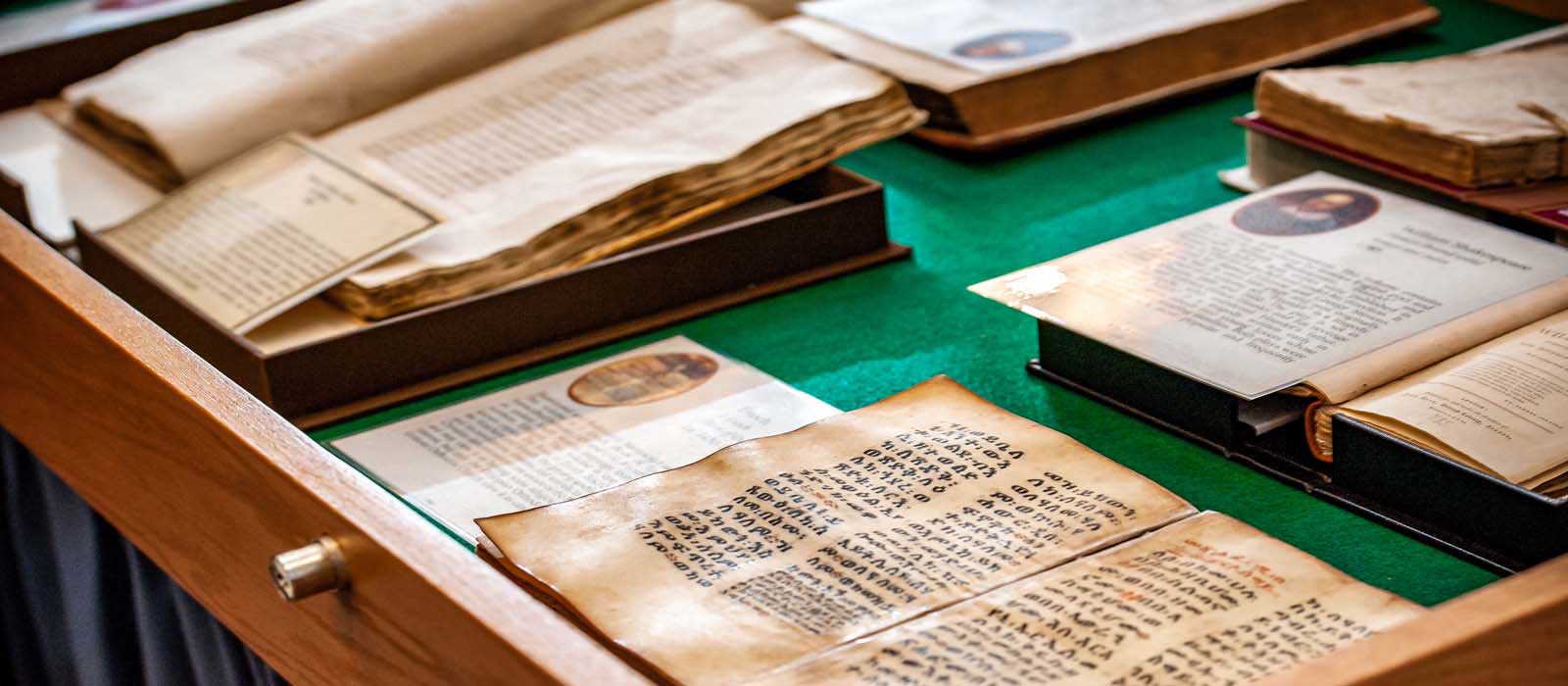Tetradymus by John Toland

First Edition. “Tetradymus” was written by Irish rationalist philosopher John Toland and published in 1720 in London. It contains four parts of unrelated essays: “Hodegus; or the Pillar of Cloud and Fire, that Guided Israelites in the Wilderness, not Miraculous…”; Clidophorus; or of the Exoteric and Esoteric Philosophy, that is, of the External and Internal Doctrine of the Antients…”; “Hypatia; or the History of a Most Beautiful, Most Virtuous, Most Learned, and Every Way Accomplish’d Lady…”; and “Mangoneutes: being a Defense of Nazarenus, Address’d to the Right Reverend John lord Bishop of London…”
Of these essays, “Clidophorus” and “Hypatia” are the most well-known. “Clidophorus” was the first published work on esoteric/exoteric distinction and offers insight on how to read esoteric texts. It also sheds light on deistic and atheistic writers who were forced to conceal the true meaning of their works and thoughts on how to avoid persecution for blasphemy. “Hypatia” is an essay on the early female Hellenistic Neoplatonist philosopher Hypatia, who lived in Alexandria, Egypt between 350-370 and 415 CE. She taught philosophy and astronomy and was the first female mathematician whose life was recorded adequately.
In his life, Toland was often eclipsed by John Locke, David Hume, and Montesquieu and his ideas often dismissed. His works found more success after his death.



